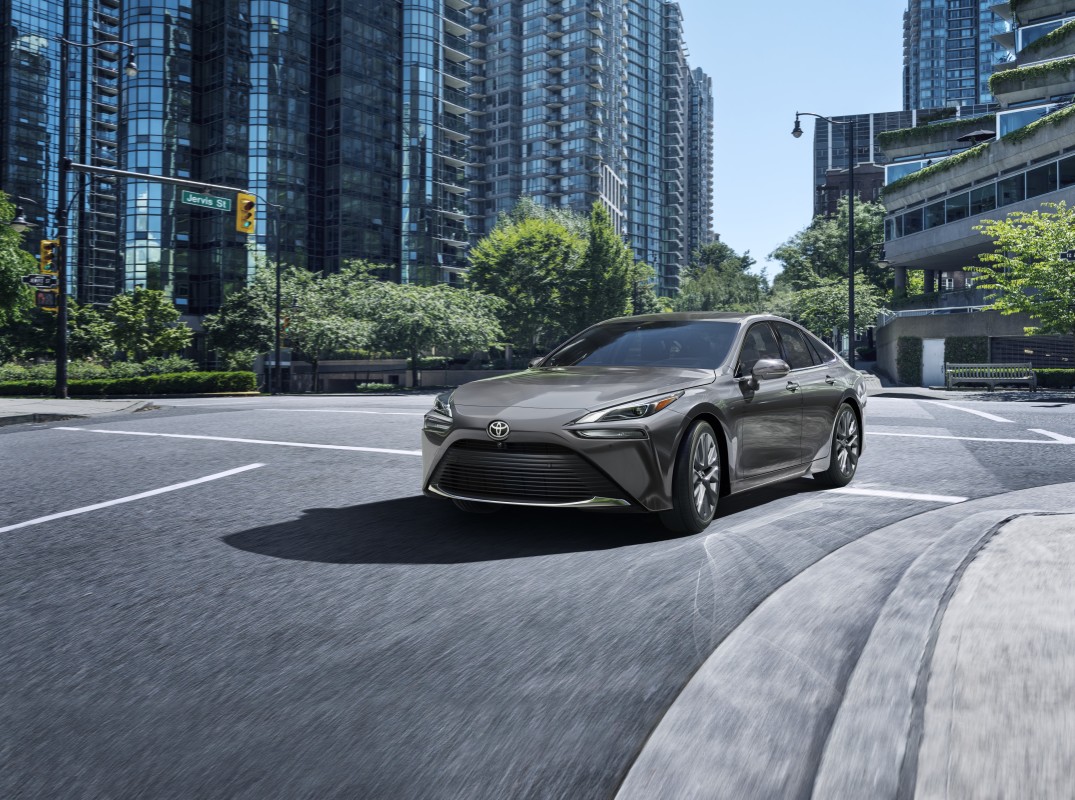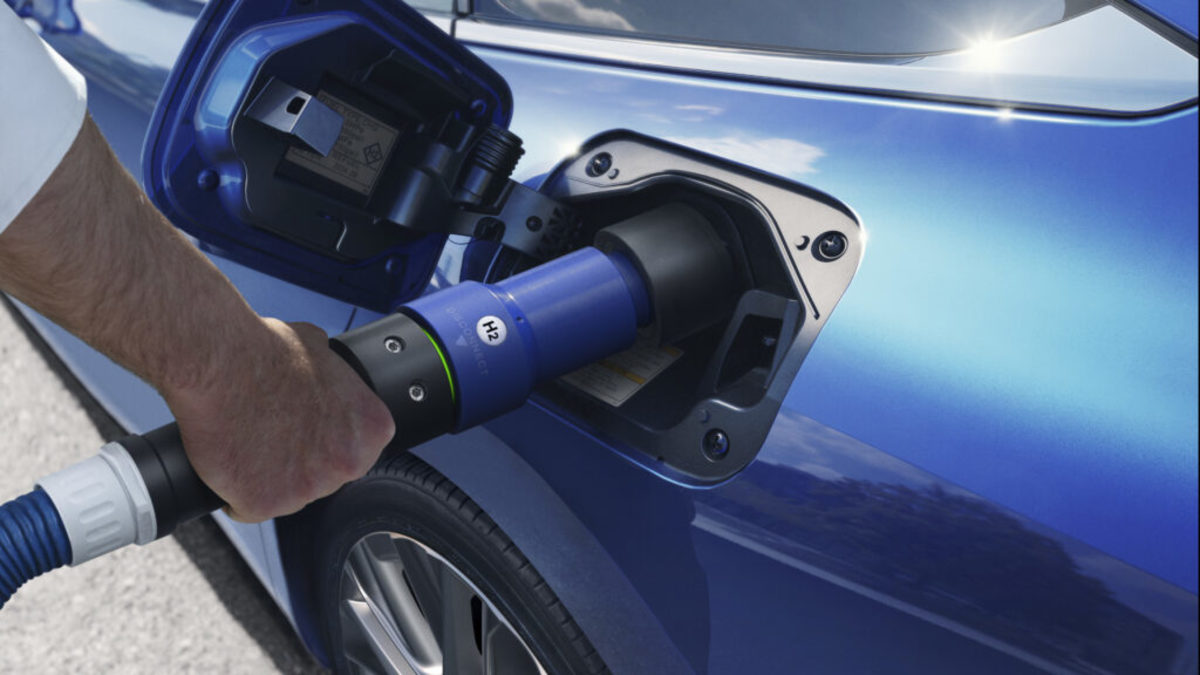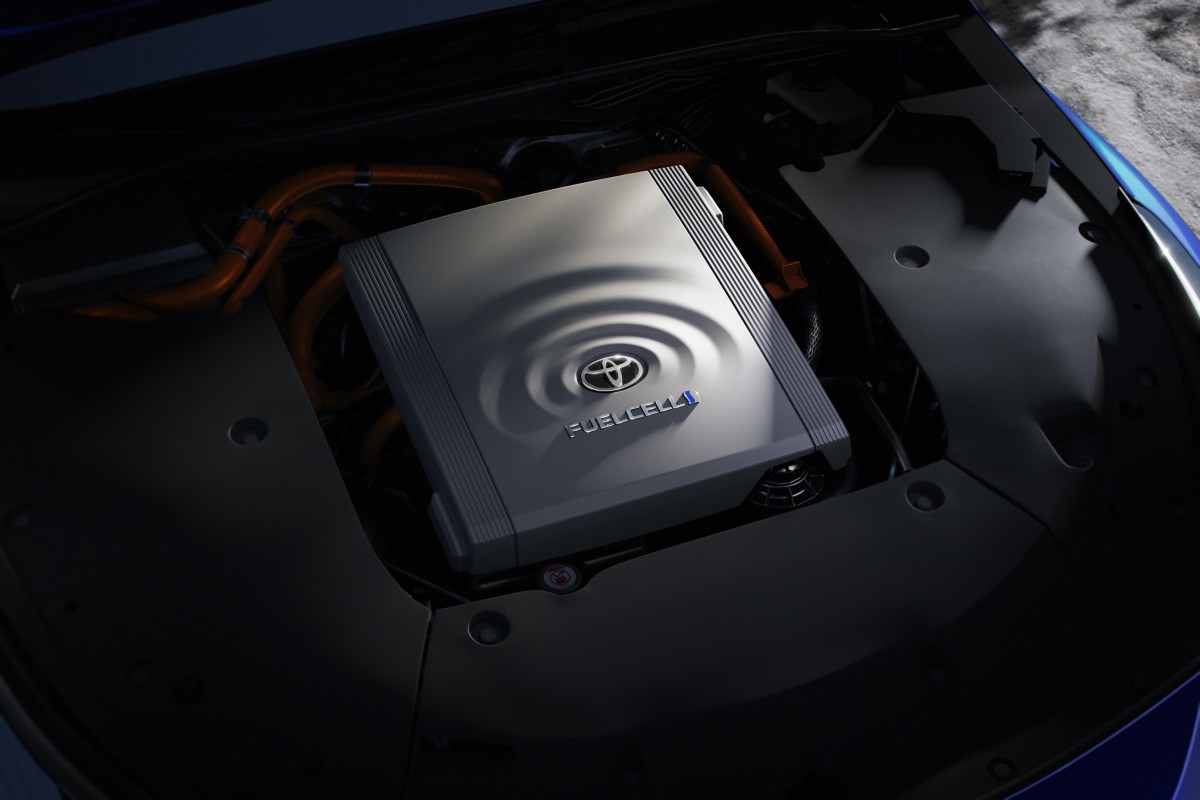The Future of Hydrogen

It seems Toyota is doubling down on the hydrogen game with its latest offering, the Mirai. With a vision centered on fuel-cell technology, Toyota has been working hard to push the Mirai as a viable option for eco-conscious drivers. However, the infrastructure isn’t quite keeping up, with only 74 hydrogen fueling stations scattered across the United States—mostly in California. This means that if one strays too far from Los Angeles or the Bay Area, finding a refill could become a bit of a wild goose chase. For those dreaming of cross-country journeys, it’s more like a distant mirage than a feasible reality right now. Still, Toyota seems convinced there’s more to be seen in this hydrogen frontier.
Range and Costs

While the Mirai impresses on paper with an EPA-estimated range of 402 miles, real-world numbers hover around 320 miles under mixed conditions. Hydrogen fuel costs pose another concern. In California, where the majority of hydrogen stations exist, the price per kilogram is about $36. This puts the per-mile cost around $0.60. To put things in perspective, electric vehicle (EV) drivers can hit around $0.05 per mile when charging at home, and gas-powered drivers spend about $0.14 per mile at $3.50 per gallon with a 25 mpg vehicle.
Refueling Dynamics

One of the Mirai’s advantages is its quick refueling times—just five minutes compared to the lengthy 30-minute sessions typical with electric cars. Yet this perk comes with its caveats. The scant number of hydrogen stations means that even these “fast fills” can turn into long waits if stations are out of service or have a queue.
Toyota’s Bold Bet

Toyota hasn’t just thrown its chips down in a bet on hydrogen; it’s gone all in. The company has introduced a third-generation fuel-cell system, improving efficiency by 20% and reducing costs by 30%. This technological leap is supported by a $200 million investment in new production plants and over 5,600 patents. The potential isn’t just limited to passenger vehicles either. Hydrogen’s high energy density makes it attractive for larger vehicles like trucks and buses, where heavy battery packs don’t make the cut. It could potentially open up new corridors for hydrogen refueling that passenger cars like the Mirai might later benefit from.
Industry forecasts suggest the FCV market could expand from $2.5 billion today to a $30 billion juggernaut by 2032. Toyota is basically strapping in for the ride and banking on hydrogen becoming the new frontier.
Buyer Incentives

The 2025 Toyota Mirai isn’t just a distant prospect—it’s here, and for the adventurous with access to hydrogen stations, it could be a path worth exploring. Those in California can snag one with a tempting incentive package that includes up to $15,000 worth of hydrogen or six years of complimentary fuel. However, prospective owners should be aware that their travels will remain closely tethered to those sparse hydrogen stations for the foreseeable future.
Toyota Crown Scores 95
Corvette Sky Chase
SmartCockpit Ends
Kia EV9 Boosts Range
BMW 323i Time Capsule